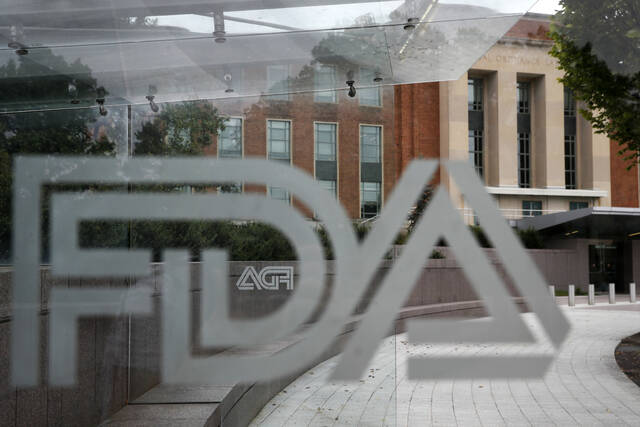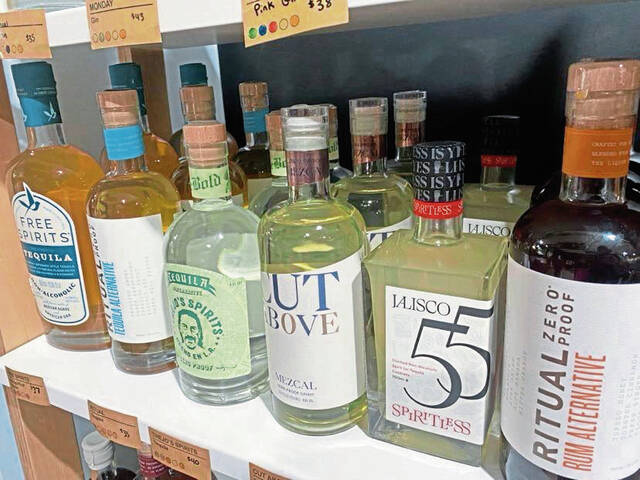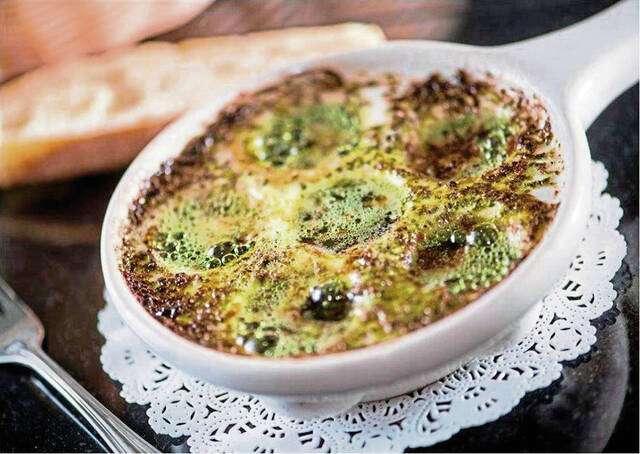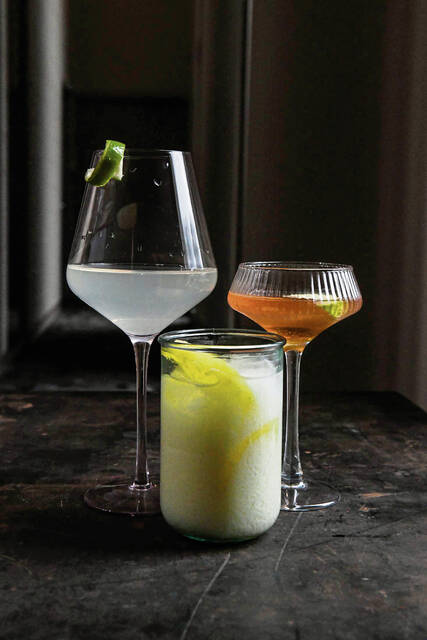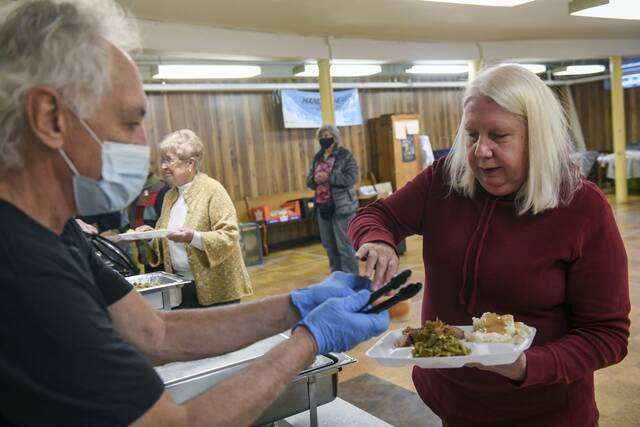Are you a fan of red-colored bubble gym, candy or fruit cocktails? Valentine’s Day is almost here, bringing with it bright red- and pink-themes.
But the bright cherry-red dye, red dye No. 3, used in drinks and snacks could be banned by the U.S. Food and Drug Administration in the next few weeks, the Washington Post reported.
Food safety advocates have argued that natural coloring from plants such as beets and red cabbage would be a safer alternative, according to the Post.
With its link to cancer in animals, the dye has long been considered controversial — as advocates have been pressuring for a ban for over three decades.
In 1990, the FDA banned the use of red dye No. 3 in cosmetics and externally applied drugs, the Post previously reported, after studies showed that high doses could cause cancer in rats.
At the time, the FDA said it would “take steps” to eliminate the red dye in food and other products, which did not happen. Instead, in 1969, the FDA permanently listed red dye No. 3 for use in food.
“There is a systems-level failure at the federal level that allows unsafe chemicals to linger in our food supply for, in this case, decades,” said Thomas Galligan, the principal scientist for food additives and supplements at the nonprofit Center for Science in the Public Interest, which led a 2022 petition asking the agency to formally remove the dye from the list of approved color additives in foods.
Social media influencers and lawmakers from both parties are increasingly scrutinizing the chemicals and ingredients found in food and drinks.
Consumer advocacy groups have also argued that there is enough evidence to show food dyes may cause some harm to children, citing a 2021 review performed by the California Office of Environmental Health Hazard Assessment, but the FDA said there is not a definitive link.
However, a top FDA official recently said there is no evidence that ingesting the coloring could cause cancer in humans, the Post reported.
“The totality of scientific evidence shows that these color additives in food – when used at approved levels – are safe for all consumers,” the FDA said in a statement.
And the International Association of Color Manufacturers, which represents the color additives industry, maintains red dye No. 3 is “safe for its intended uses” and argues pulling the dye from products would lead to higher costs for consumers, Sarah Codrea, the trade group’s executive director, said in a statement.
The red dye decision could come this January before the vote to confirm Robert F. Kennedy Jr. as President-elect Donald Trump’s leader of the nation’s health department, according to the Post. Kennedy has been critical of artificial food dyes.
“The law is very clear,” said Melanie Benesh, a vice president of the nonprofit Environmental Working Group, which signed on to the petition asking the FDA to revoke the dye’s approved uses. If there’s any evidence of cancer in animals or humans, “the FDA is required to ban it,” she said. “It’s just simply not allowed in food.”


